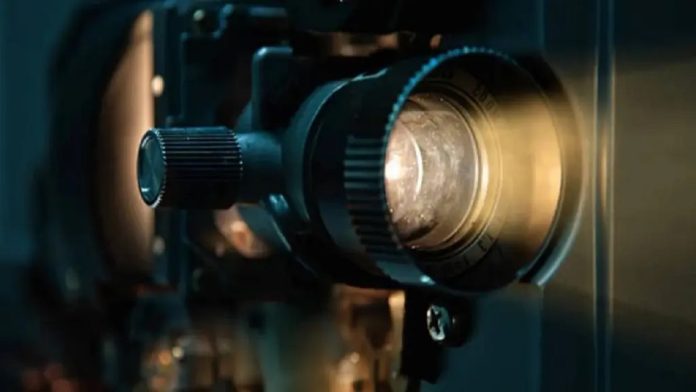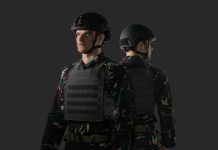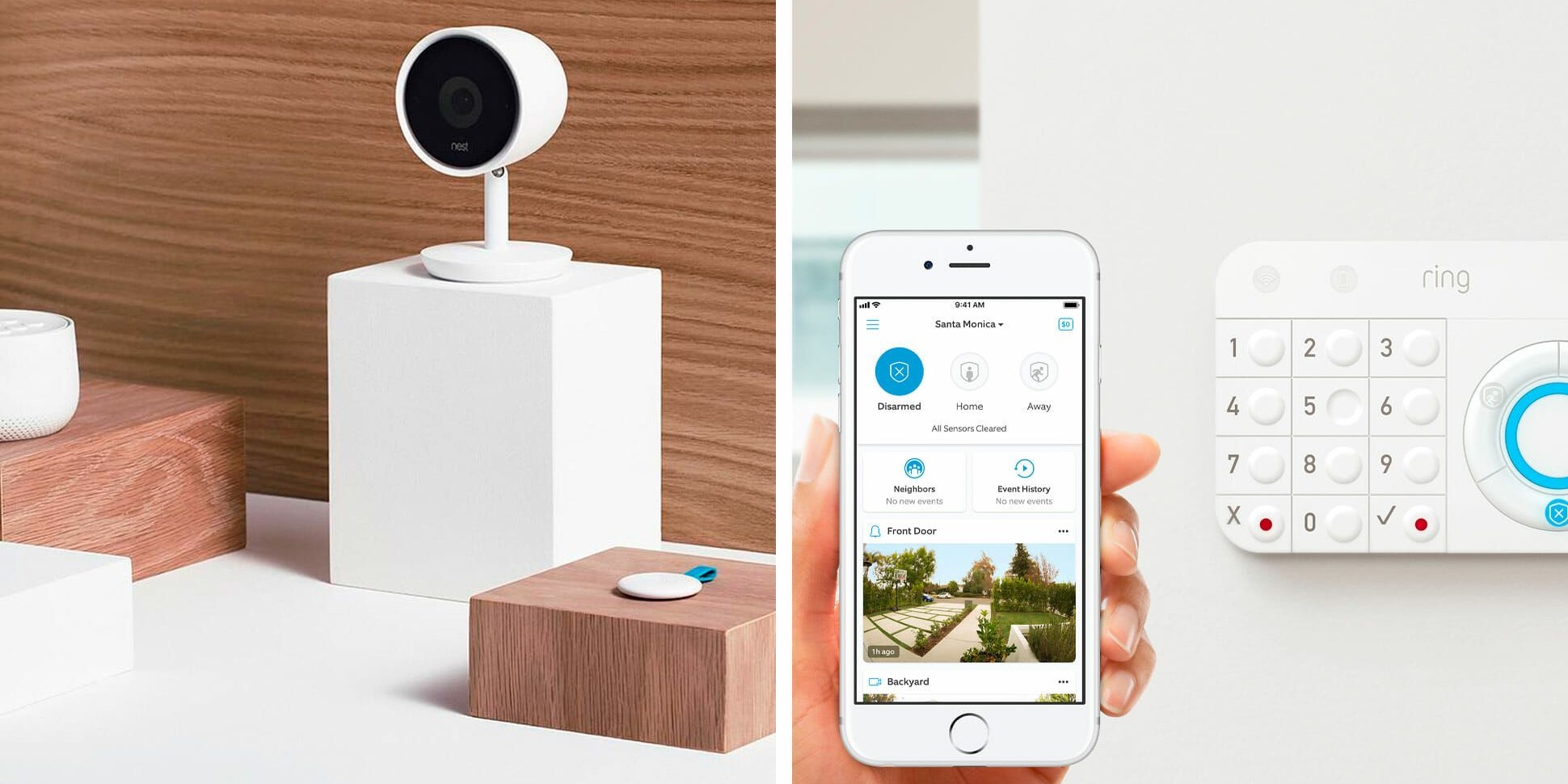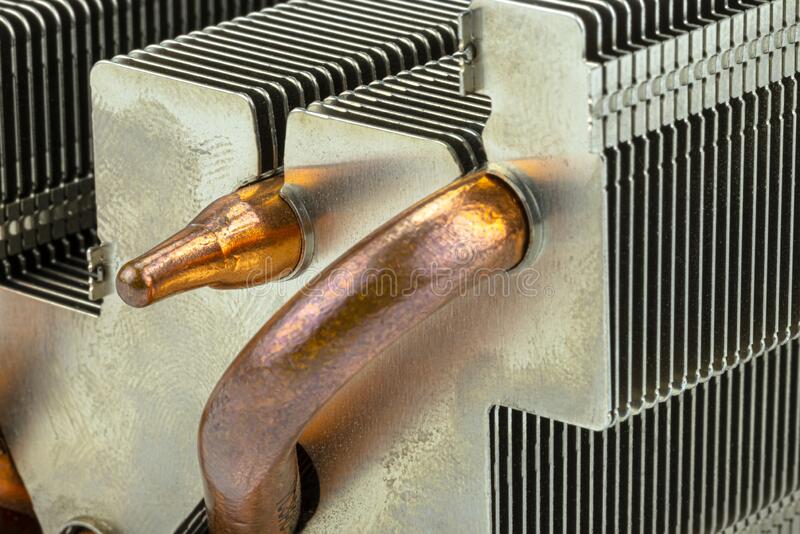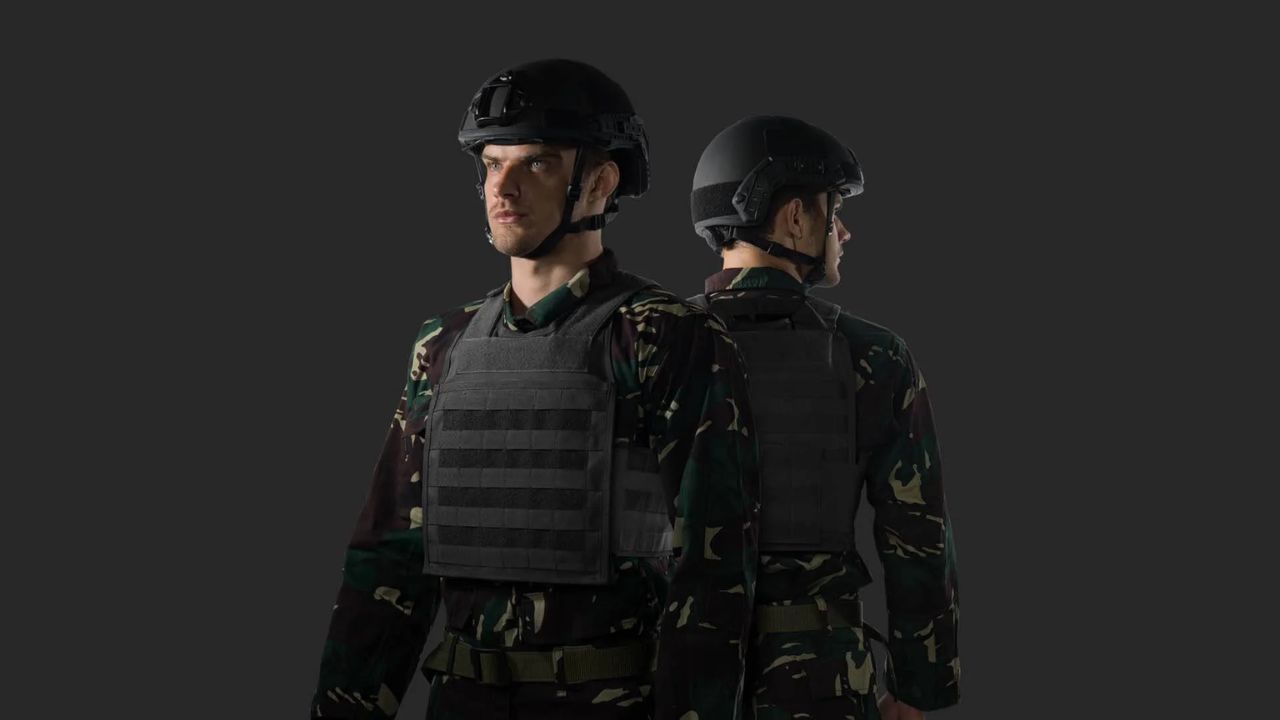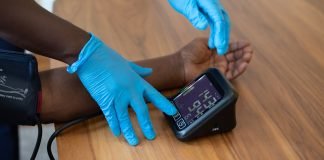While taking good shots from camera lighting is considered the most important factor in that concern. The flash is one of the most useful accessories that can be applied in many situations to get the best outcome. Whether you are shooting in a studio or covering a daylight event with camera flashes will provide you the best results. The following is a step-by-step guide on how to make the best hot shoe flash work for your photography.
Understanding the Camera Flash
The flashes are outstanding in their performance, consisting of many other qualities. Some of the advantages are a round head for even light emission, 120-degree rotation for different directions of bounce, and HSS up to 1/8000 sec., which makes it necessary to get the right light for the shot.
High-Speed Sync for Bright Environments
The other feature of camera flashes is that it has high-speed sync or HSS. This enables you to employ flash at shutter speeds that are ahead of the camera’s sync speed, which is useful in well-lit conditions.
Tips for Using HSS:
- Change Your Camera Settings:
Switch to the shutter priority mode and set the shutter speed to a high value while the opening and ISO are used to control the exposure.
- Position the Flash:
Position the flash in such a way that it will enhance the quality of your subject’s picture without affecting the background.
- Experiment with Power Levels:
Begin with a low flash power and then gradually raise the flash power to the level that is required for the subject without overexposing it.
Applying Rotation for Flexible Bouncing
The flashes come with a 120-degree rotation head that makes it possible to bounce the light from walls and ceilings to give a soft light.
Tips for Effective Bouncing:
- Choose the Right Surface:
To soften the light and diffuse it, reflect it off a white or neutral color.
- Adjust the Angle:
There is a possibility of adjusting the camera to control the direction and strength of the bounce light.
- Use Flash Modifiers:
The second way is to place the diffuser or a bounce card directly to the flash head to make the light even softer and with fewer shadows.
Adapting to Low-Light Conditions
The camera flash is suitable for low-light situations due to its flexibility of power output and short recovering time.
Tips for Low-Light Photography:
- Increase Flash Power:
Modify the flash power to make the subject bright while at the same time avoiding that ‘flashy’ look.
- Use a Slow Shutter Speed:
To get a well-exposed background one should use the flash in combination with a slow shutter speed to let in more light.
Creative Techniques with Camera Flash
- Backlighting:
Place the flash on the opposite side of the subject to get a very black background with the subject brightly lit.
- Fill Flash:
To eliminate the contrast in well-lit scenes, use flash to illuminate the dark areas.
- Color Gels:
Place color gels into the flash to boost color creativity and have the right light for the scene.
Conclusion
The ability to get the best light with the flash lies in mastery and control of the product’s knobs and buttons. With high-speed sync, bouncing techniques, and other creative lighting options, you can work under any shooting conditions and even improve his/her photography. The flash is a perfect flash for any photographer.

